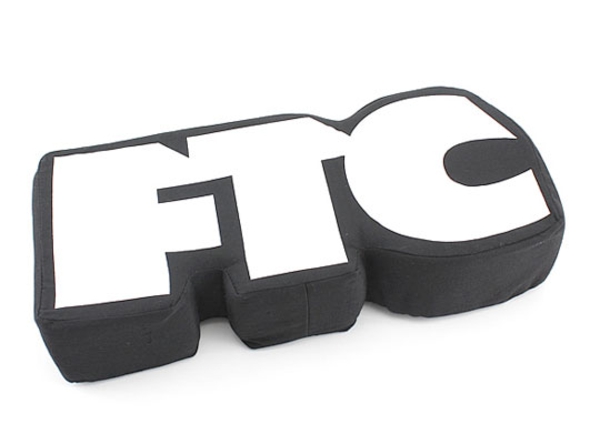As most affiliate marketers and businesses should know the Federal Trade Commission (FTC) has made some alterations to their guidelines in view of endorsing products and providing reviews. The purpose of this is to give consumers a fairer view on the validity of product endorsements. In other words, was the writer paid, either in money or goods, to write positive feedback on a product or service.
Most of us feel that a review has less weighting as truthful if someone has ulterior motives for saying that a product or service is good. If a company approaches an endorser with a proposal of contracting them to write a recommendation, shouldn’t the public be aware that the endorser has reason for a writing what could be classed as false positives. The FTC thinks so and has taken action accordingly to ensure that people marketing products are making it clear to the public that this encounter has taken place.

If you are an affiliate marketer, word-of-mouth marketer, referral marketer, blogger or vendor, listen up, because these rules apply to you. Here is a quick checklist to make sure you’re falling in line with the rules.
1. Did you buy the product with your own money?
This is the first step on the checklist. If you bought the product with your own finances, you do not need to follow any of the guidelines. As there is no benefit to you to write a biased review, the FTC are not worried about you providing misleading information – it wouldn’t be in your interest to anyway.
2. Is the review 100% truthful?
Are you endorsing the product because you genuinely feel positive about what it can do? Do you feel the public deserve to buy this product and receive the success you have been granted through using it? If the answer is yes, then go ahead and write the review. If the answer is no, then you cannot openly lie to consumers when ultimately you’re providing misrepresentative information.
3. Can you prove your claims?
If a company approaches you asking to sell a cushions which will relieve back pain, do you have the proof that this is true? Even if you have tested the product yourself and see that it does, indeed, cure your back pain, do you have scientific evidence that will validate your claim? This evidence is your safety net to ensure you’re not providing false information. Just look at the case with Skechers, where they had to pay out $40 million for claiming that their shoes helped the wearer lose weight, without having significant scientific evidence to show it. You don’t want to find yourself in the same position because the FTC will come down hard and fast and you’ll be needing a defense attorney!
4. Have you disclosed your earnings?
You don’t have to openly say how much money you’ve received from a contract. You do, however, have to make it clear to consumers reading your review that you have benefitted from writing the review. Whether it be a quick word on your review video saying the company sent you the product for free, or a disclaimer underneath saying you were contractually asked to write the review; it needs to be clear that you have a previous connection with the company you’re writing the review for. This makes it obvious to the consumer that you review may be slightly biased due to your contractual agreement with the company.
It is also important to note that even if the review is negative, if you have received anything to write the review or as a ‘thank you’, it still needs to be declared to the public.
5. Is your disclosure clear?
The disclosure needs to be clear enough for consumers to understand that there was contractual agreement with a company or that you received goods in exchange for your service of writing a review. If the disclosure is ambiguous, the FTC will see this as an attempt to create a loophole, whereby you’re hoping your readers won’t notice. This is deceitful in the eyes of the FTC and they don’t take kindly to this. Having said that, it is not necessary to write it all in capital, drawing a big red box around it or anything over the top. The tip mainly refers to reviewers who attempt to bypass the rule by having a ‘disclosure’ button which leads to the revelation. This is not allowed; the disclaimer needs to be visible on the actual review.
Freelance writer Sophie Evans is a big fan of Disneyland. One of her main qualms is misleading reviews about the rides. She hates to get there and find them disappointing. This is the reason the FTC guidelines are very close to her heart. Sophie enjoys doing research online, and when writing articles like this she finds it useful to check out the blog on law office sites like www.bgs.com, to gather information and brainstorm for future articles topics.

